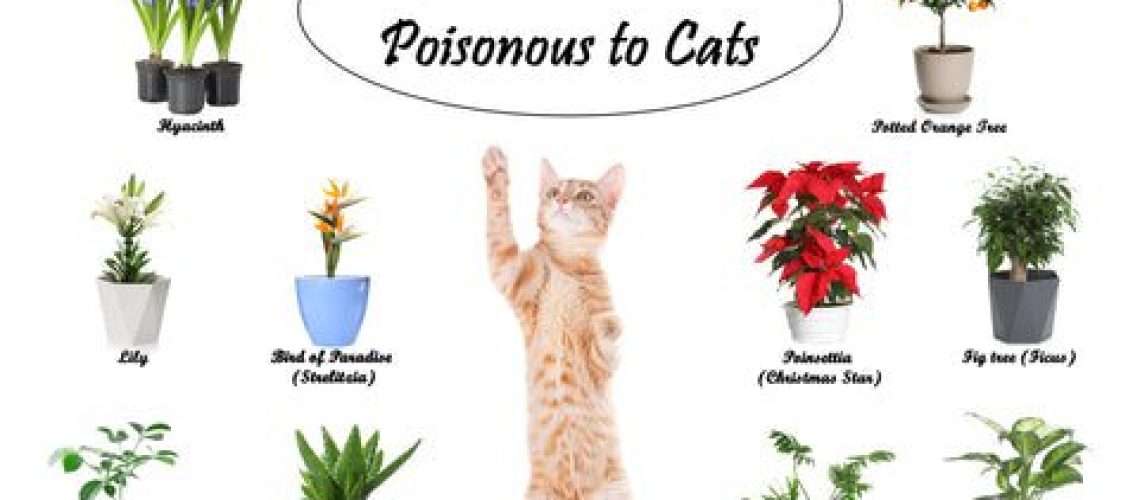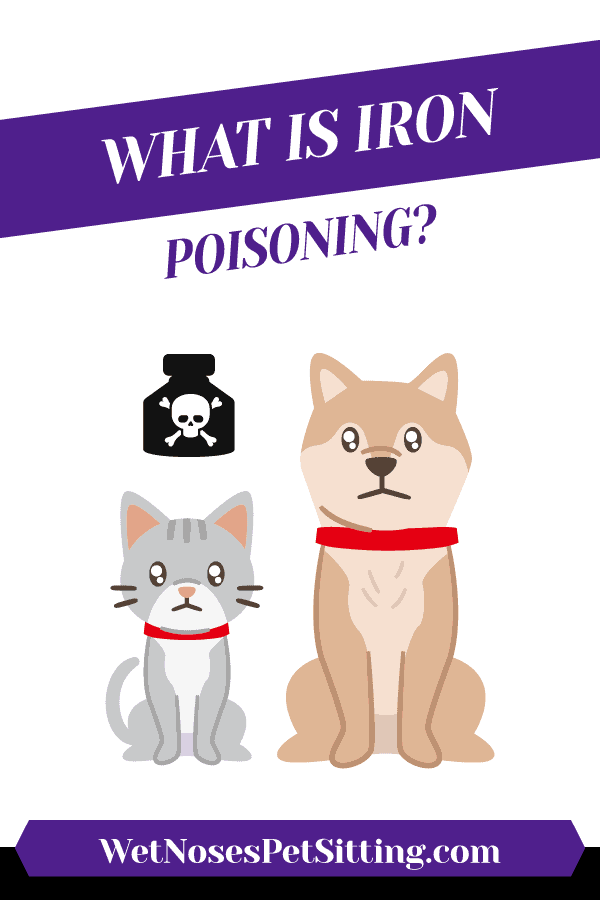Key Takeaways:
- Snake plants can be toxic to cats if ingested, causing symptoms such as vomiting, diarrhea, and lethargy.
- The toxic compounds in snake plants are saponins, which can irritate the gastrointestinal system of cats.
- Cats may show varying levels of sensitivity to snake plants, with some experiencing severe reactions while others may only have mild symptoms.
- It is important to keep snake plants out of reach of cats or opt for cat-friendly alternatives to ensure their safety.
- If a cat shows any signs of poisoning after coming into contact with a snake plant, immediate veterinary attention should be sought.
Are you a cat lover? Do you own a snake plant? If so, you'll definitely want to stick around. Today, we're going to explore the fascinating world of snake plants and their potential impact on our feline friends. This topic is not only intriguing but also crucial for any cat owner out there. Whether you're a seasoned plant enthusiast or just starting your journey into the green thumb realm, understanding the relationship between snake plants and cats is essential for creating a safe and harmonious environment at home. So, let's dive in and uncover the truth behind this mysterious connection. By the end of this article, you'll have all the knowledge you need to keep both your furry companions and your beloved snake plants happy and healthy.
What is a snake plant and why is it important to know if it's safe for cats?
Understanding Snake Plants
Snake plants, also known as Sansevieria or mother-in-law's tongue, are popular houseplants known for their striking appearance and low maintenance. These plants have long, upright leaves that are green with yellow edges or variegated patterns. They can grow up to several feet tall, making them an attractive addition to any indoor space.
The Importance of Knowing if Snake Plants are Safe for Cats
It is crucial to know if snake plants are safe for cats because some houseplants can be toxic to our furry friends. Cats are curious creatures that may chew on or nibble on plants out of curiosity or boredom. If a cat ingests a toxic plant, it can lead to various health issues and even be life-threatening. Therefore, understanding the safety of snake plants around cats is essential to ensure the well-being of our feline companions.
Knowing whether snake plants are harmful to cats will help pet owners make informed decisions about which plants they can safely keep in their homes. It allows us to create a cat-friendly environment while still enjoying the beauty and benefits that houseplants bring.
Can snake plants harm cats, and if so, how?
Snake plants, also known as Sansevieria, are popular houseplants due to their attractive appearance and low maintenance requirements. However, it is important for cat owners to be aware that snake plants can be toxic to cats if ingested. The leaves of the snake plant contain saponins, which can cause gastrointestinal upset in cats. Symptoms may include vomiting, diarrhea, drooling, and loss of appetite.
If a cat consumes a large amount of snake plant leaves or if they have a sensitivity to the toxins in the plant, more severe symptoms may occur. These can include lethargy, tremors, difficulty breathing, and even seizures. It is crucial to seek veterinary care immediately if you suspect your cat has ingested any part of a snake plant.
Benefits of having snake plants around cats
While it is important to take precautions to keep your cat safe around snake plants, there are also some benefits to having these plants in your home. Snake plants are known for their ability to purify the air by removing toxins such as formaldehyde and benzene. This can contribute to a healthier indoor environment for both humans and pets.
In addition to their air-purifying properties, snake plants can also add aesthetic appeal to your living space. With their tall upright leaves and variegated patterns, they make for visually pleasing decor elements. Just make sure to place them in areas that are out of reach for your feline friend.
Identifying and distinguishing a snake plant from other houseplants
Distinguishing a snake plant from other houseplants is relatively easy once you know what characteristics to look for. Snake plants typically have long sword-shaped leaves that grow upright from the base. The leaves are usually thick and fleshy, with a dark green color and light yellow or white variegation.
One key feature of snake plants is their ability to grow in low-light conditions. Unlike many other houseplants that require bright indirect light, snake plants can thrive in areas with minimal natural light. This makes them a popular choice for indoor spaces with limited sunlight.
Leaf Structure
The leaves of a snake plant have a distinct pattern, with parallel lines running along the length of each leaf. These lines give the leaves a unique texture and contribute to their overall visual appeal.
Growth Habit
Snake plants typically grow in clumps, with multiple leaves emerging from a central base. As they mature, new leaves will grow from the center while older leaves may start to droop or bend slightly.
Signs that a cat may be affected by a snake plant
If you suspect that your cat has come into contact with or ingested any part of a snake plant, it is important to watch for signs of toxicity. Common symptoms include vomiting, diarrhea, excessive drooling, and loss of appetite. Your cat may also show signs of discomfort or distress such as restlessness or pacing.
In more severe cases, cats may exhibit neurological symptoms such as tremors, weakness, difficulty breathing, or even seizures. If you observe any of these symptoms in your cat after exposure to a snake plant, it is crucial to seek immediate veterinary care.
Safety measures to keep your cat safe around snake plants
- Placement: Keep snake plants out of reach by placing them on high shelves or using hanging baskets. This prevents curious cats from accessing the leaves and reduces the risk of ingestion.
- Physical barriers: If your cat is particularly determined or persistent, consider using physical barriers such as plant stands with mesh covers to prevent direct contact with the snake plant.
- Training: Train your cat to avoid the snake plant by using positive reinforcement techniques. Reward them for staying away from the plant and redirect their attention to appropriate toys or scratching posts.
Safe and visually appealing alternative houseplants for cats
If you want to add some greenery to your home without worrying about the potential risks of snake plants, there are several safe alternatives that are both visually appealing and non-toxic to cats. Some popular options include:
- Spider Plant (Chlorophytum comosum): Spider plants are known for their long arching leaves with white stripes. They are safe for cats and can even provide entertainment as some cats enjoy batting at the dangling baby spiderettes.
- African Violet (Saintpaulia): African violets produce beautiful clusters of colorful flowers and have fuzzy leaves. They are a safe choice for households with cats.
- Moth Orchid (Phalaenopsis): Moth orchids are elegant flowering plants that come in various colors. They are non-toxic to cats and can add a touch of sophistication to any room.
Remember, it's always important to research any new houseplant before bringing it into your home to ensure it is safe for your furry friends.
In conclusion, snake plants can be harmful to cats if ingested. It is important to keep these plants out of reach from our feline friends to ensure their safety and well-being.
Can I have a snake plant with a cat?
Snake plants pose a danger to cats due to the presence of Saponin, a mildly poisonous toxin. Saponin is a natural defense mechanism that protects the plant from fungi, insects, microbes, and animals such as cats. According to the ASPCA, all parts of the snake plant are considered unsafe for cats.
Can cats be in the same room as a snake plant?
It is important to keep both dogs and cats away from snake plants as consumption of any part of the plant can lead to gastrointestinal problems such as nausea, vomiting, drooling, and diarrhea in pets. This should be taken seriously.
Why are snake plants toxic to pets?
The snake plant contains saponins, a harmful substance that can cause various negative effects if consumed by your dog. The toxin can cause the rupture of red blood cells as a result of severe gastrointestinal activity. Saponins create a foaming reaction that can lead to gastrointestinal discomfort.
How toxic is pothos to cats?
Pothos plants are harmful to cats, and symptoms of toxicity include intense burning in the mouth, excessive drooling, vomiting, and difficulty swallowing. Cats are skilled at hiding pain and discomfort, so it may be challenging to detect these symptoms initially. This information is valid as of April 13, 2023.
How do I stop my cat from eating snake plant?
Move the plant to a different location so that you can prevent the cat from accessing it when you're not around to supervise. The advantage of snake plants is that they don't need a significant amount of sunlight, so you can place them in a room with limited natural light and they will still thrive.
Can pets be around snake plants?
Snake plants are highly sought-after indoor plants due to their attractive appearance and low maintenance requirements. However, it's important to note that they are toxic to dogs and can lead to symptoms such as nausea, vomiting, and diarrhea if ingested, as stated by the ASPCA.

















